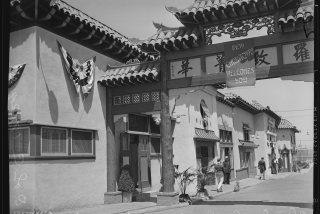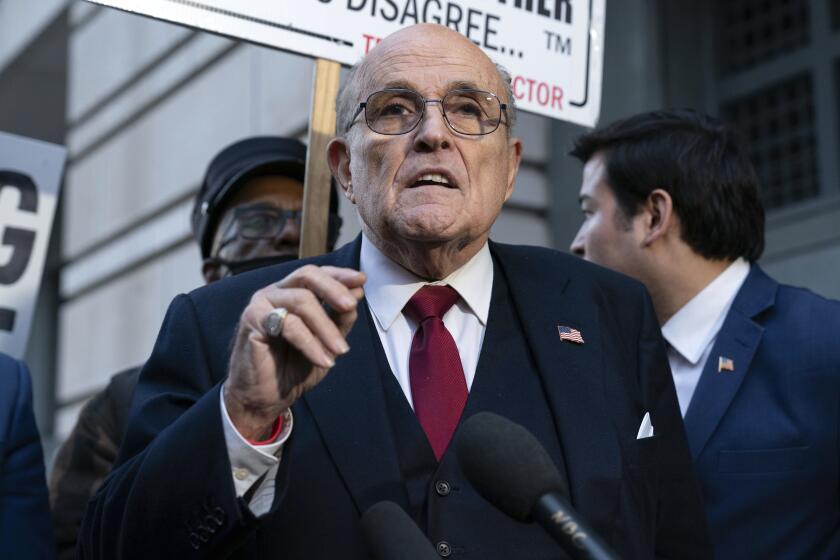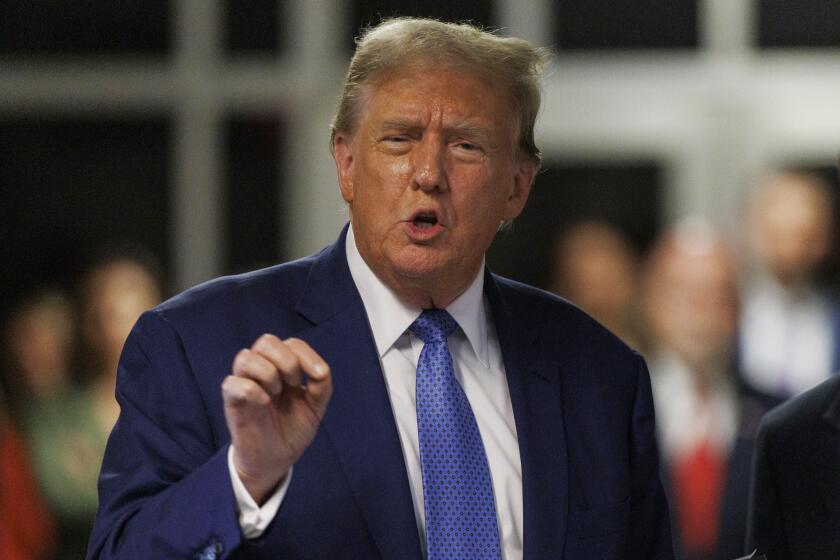Policy Can Match the Demographics
The Los Angeles civil unrest of 1992 was a powerful reminder that race matters in the United States. Two opposite trends are noteworthy in its aftermath. The civil unrest exposed the deepening racial and class divisions in our society. But it also increased racial and ethnic awareness and opened dialogues between people who prior to the civil unrest had no interaction with one another.
The civil unrest also mirrored the reality that the roots of societal discontent and conflict often are found in the issues of resource scarcity and allocation and, ultimately, access to power and capital. Resource distribution, population pressure and demographic changes have always been at the heart of development in California. Indeed, a great portion of the state’s history is one of race and class conflict over access to resources, whether it be water, political power, land or the ability to define cultural norms. Today, these issues are exacerbated by the fact that infrastructural changes have lagged far behind the ethnic transformation of neighborhoods.
The phenomenal growth of Latino and Asian American groups over the past two decades has created a vastly diverse population, both ethnically and economically. Ethnic restructuring has introduced new dimensions of race-related issues beyond the white-black paradigm. In particular, ethnic and economic restructuring has made immigrants highly visible groups vulnerable to discrimination, exploitation and scapegoating. Racial tensions flared up with the passage of the anti-immigrant initiative Proposition 187 and the elimination of affirmative action programs at the University of California.
The anti-immigrant backlash has been accompanied by the strengthening of ethnic communities and institutions and by the continued creation of ethnically defined neighborhoods such as Koreatown and Pico-Union. The increasing power and visibility of Latinos and Asian Americans is changing the political landscape of Los Angeles. During the recent mayoral election, Latinos and Asian Americans gained political visibility as their voter participation rates almost doubled.
It is unthinkable to picture new coalitions without active participation from Latinos and Asian Americans. However, the strengthening of ethnically based politics brings with it the possibility of increased ethnic divisions, particularly if issues are discussed within a context that pits one group against the other.
The current political climate of anti-immigrant policies and welfare repeal/reform provides an opportunity for documented and undocumented immigrants of all racial and ethnic backgrounds to work together to develop pro-active social policies. In a time of shrinking government involvement in housing, education and job creation, the grass-roots development of strong communities takes on added importance.
Additionally, the increasing globalization of our economy binds us all together. The exploitation of workers in other countries and in our own backyards may give us affordable products, but the price we pay is increased unemployment at home and a lifestyle built upon the undermining of human rights. It is imperative that we view our neighbors as allies rather than as competitors and that we work together to eradicate even the notion of “the working poor.”
Doing so is a long-term proposition. Five years after the civil unrest, however, Los Angeles is still without a plan to address the fundamental urban needs underscored by the economic and demographic restructuring of the past two decades. Interventions to improve community relations are often initiated only after tensions have become sufficiently intense to be visible to those outside of the communities involved. We must take a proactive approach by focusing on primary prevention of conflict through the creation of interethnic cooperation and coalition-building around common issues of concern.
The future of multiracial and multiethnic America is still uncertain. As a Multicultural Collaborative report pointed out, “the Black-Korean Alliance and the Latino-Black Roundtable were not able to successfully translate constructive dialogue into sustained collective action to address system and economic factors that underlie interethnic tensions.” We must learn the lesson that coalition-building will work only if we can develop a strong resource base, neighborhood specific programs, concrete goals and strong support within each community.
As we commemorate the fifth anniversary of the Los Angeles civil unrest, we need to focus on creating new visions and on empowering the multitude of voices that exist in our city. The development of multiethnic and multigenerational ties around community development themes may well transform the United States into a society that is multicultural in policy and practice as well as in demographics.
More to Read
Get the L.A. Times Politics newsletter
Deeply reported insights into legislation, politics and policy from Sacramento, Washington and beyond. In your inbox three times per week.
You may occasionally receive promotional content from the Los Angeles Times.






